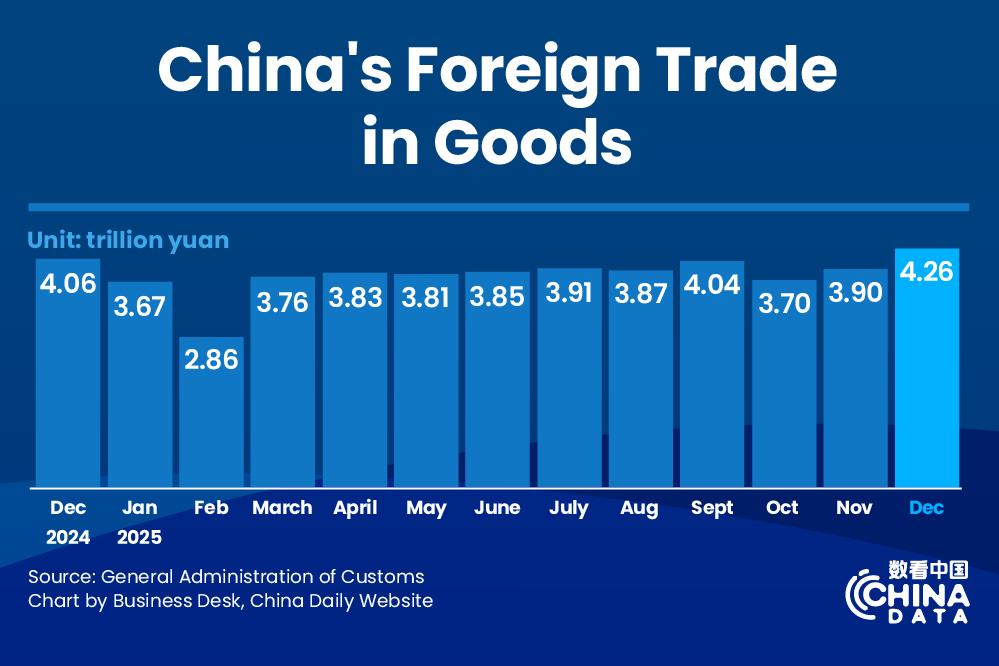Chinese financial reforms seek to leapfrog risks


Banks are important, but can be dangerous. Ideally, they should provide important services to a modern economy by helping people save while allocating the resulting capital to the best uses for society and by facilitating transactions.
But, as we've seen repeatedly throughout history, banks create huge risks that can be immensely expensive and cause terrible destruction and societal unrest.
In early July, the People's Bank of China, the central bank, announced a set of banking reforms designed to solve specific problems in the real economy.
Benchmark lending rates will be replaced by market-based alternatives. This will better allocate capital by allowing banks to set risk-based interest rates and will lower interest rates to low-risk companies.
Additional funds should be available to riskier, but potentially higher return and more innovative, companies. Along with other policies encouraging the growth of the bond market that provides capital to large companies, this should make more funds available for small businesses.
Allowing foreign firms to enter the market will make the financial services sector more competitive.
These specific and careful reforms can improve efficiency throughout the economy and strengthen the private sector's access to capital. At the same time, the capability of the regulators to control risks is being strengthened.
For example, the PBOC just announced the creation of a new macro-prudential bureau that will concentrate on limiting the risks created by banks and other institutions that are too big to fail and also tightening controls on non-bank financial institutions.
But it's worth looking at the negative consequences of the rapid financial reforms the US and the UK made in the 1980s and 1990s. These wholesale reforms were not designed to solve specific problems. Instead, they were based on the idea that deregulation is always better.
Before the reforms, US banking was a safe but boring profession. It was considered to be almost a utility - highly regulated with steady but not high profits. Far from being glamorous, bankers were paid about the same salaries as other equivalent professions.
In the old, pre-reform banking business model, banks made steady, predictable profits from the "spread" - the difference between the interest rate at which they loaned money and the rate at which they borrowed money from depositors or other sources.
The old model was summarized as the 3-6-3 rule: "Borrow at 3 percent, lend at 6 percent, and be on the golf course by 3 pm."
In 1985, the US removed "Regulation Q" which had prohibited banks from paying interest on deposits. This seemed like a great idea since it meant that depositors are better rewarded for their savings as banks compete.
But it thoroughly changed the old safe and secure banking business model by eliminating the spread. So, the banking system embarked on a decades-long search for alternative sources of profits, which increased systemic risks massively.
Immediately after the repeal of Regulation Q, "Savings and Loans", a kind of US bank designed to facilitate house purchases, started investing in risky shopping centers and other commercial property. A large number of them failed in the late 1980s, requiring a government bailout that cost 2 percent of GDP.
Clearly aware of the systemic risks created by the US abolition of Regulation Q, Yi Gang, governor of the PBOC, told Caixin Media in a recent interview: "Unlike benchmark lending interest rates, benchmark deposit rates will remain in place for a relatively long time, to avoid banks setting high rates in a fierce competition for deposits."
Despite the risks, both the US and the UK continued further financial reforms throughout the 1990s. In 1994, the US allowed interstate banking. In 1999, the Gramm-Leach-Bliley Act allowed investment banks to merge with commercial banks, thereby allowing government-insured banks to invest in a wide range of riskier assets.
Also, the then "Big Five" investment banks - Goldman Sachs, Morgan Stanley, Merrill Lynch, Bear-Stearns, and Lehmann Brothers - became corporations, in which stockholders are not personally liable. Until that point, they were all partnerships in which every partner risked all their personal wealth if the company had losses. Obviously, corporations take bigger risks than partnerships.
The argument for these marketization reforms was that they would increase efficiency throughout the economy. And, they certainly made it easier for people to get housing loans or to carry out transactions, but they had a host of unintended and unanticipated negative consequences.




































